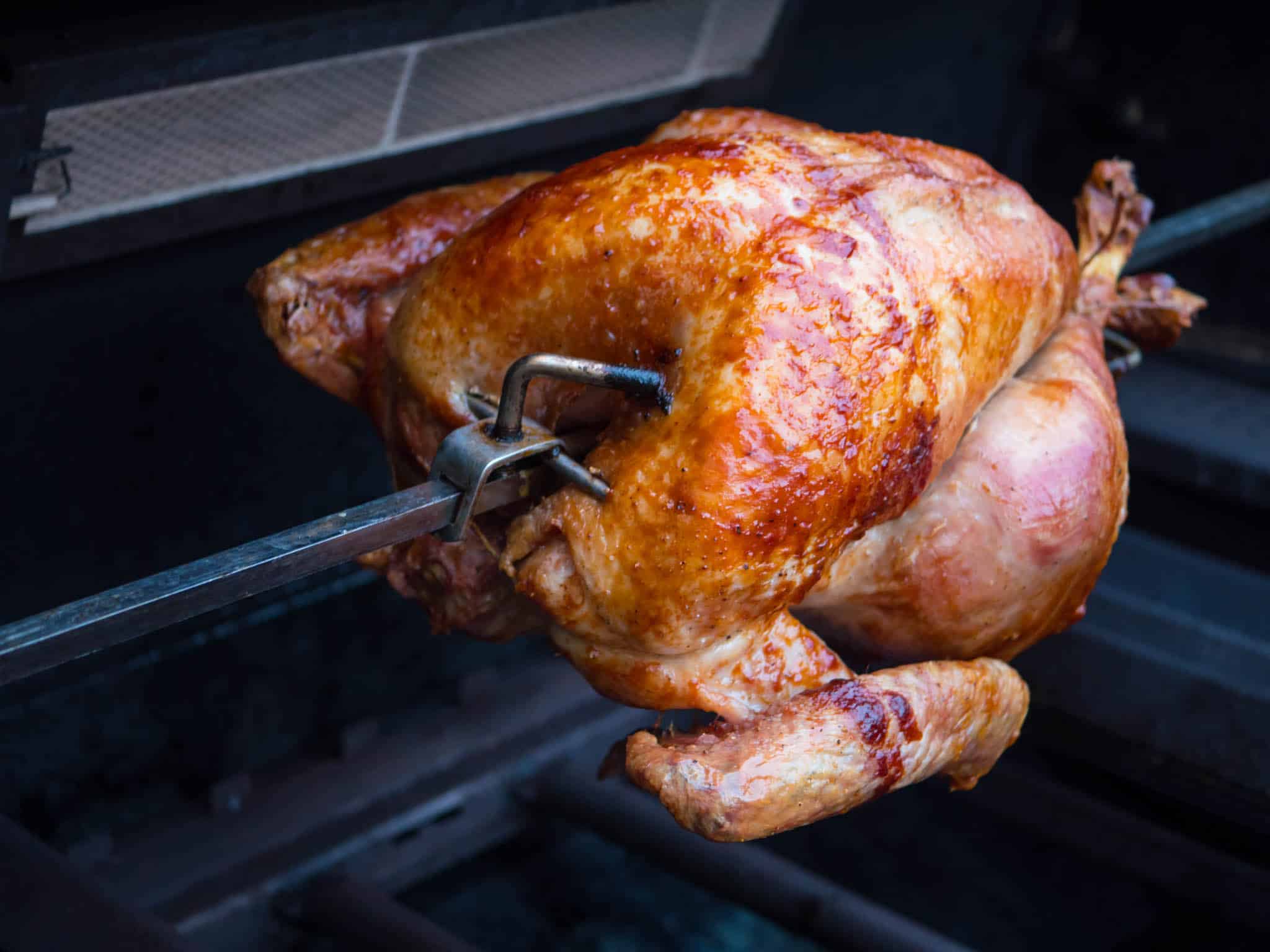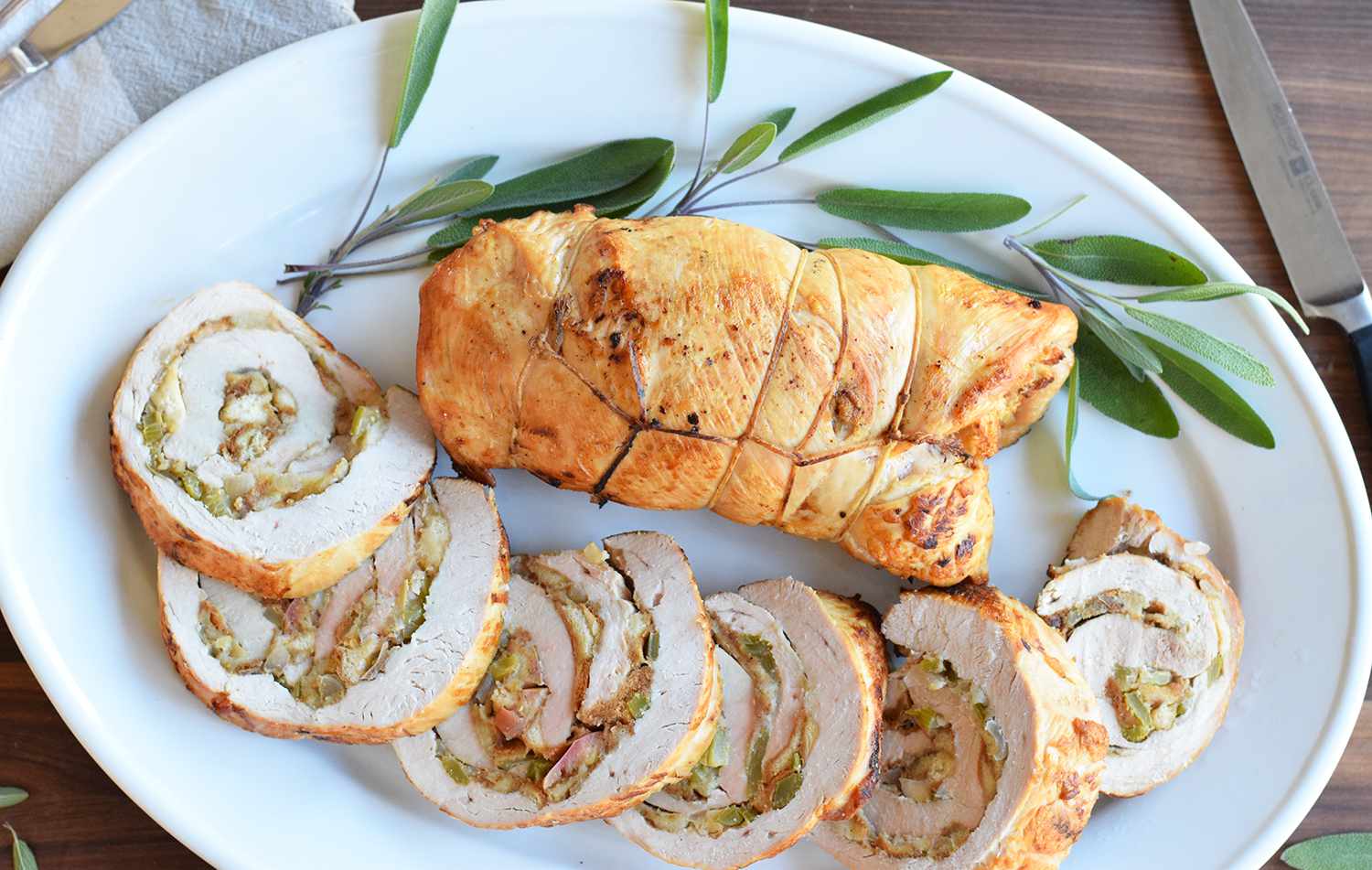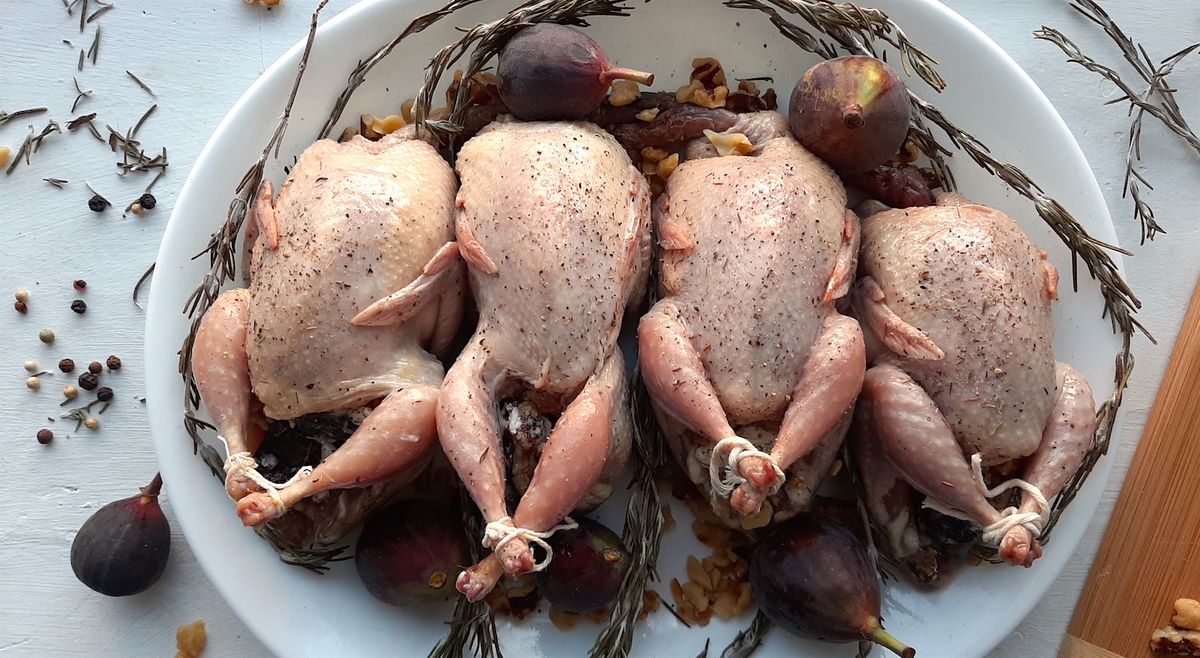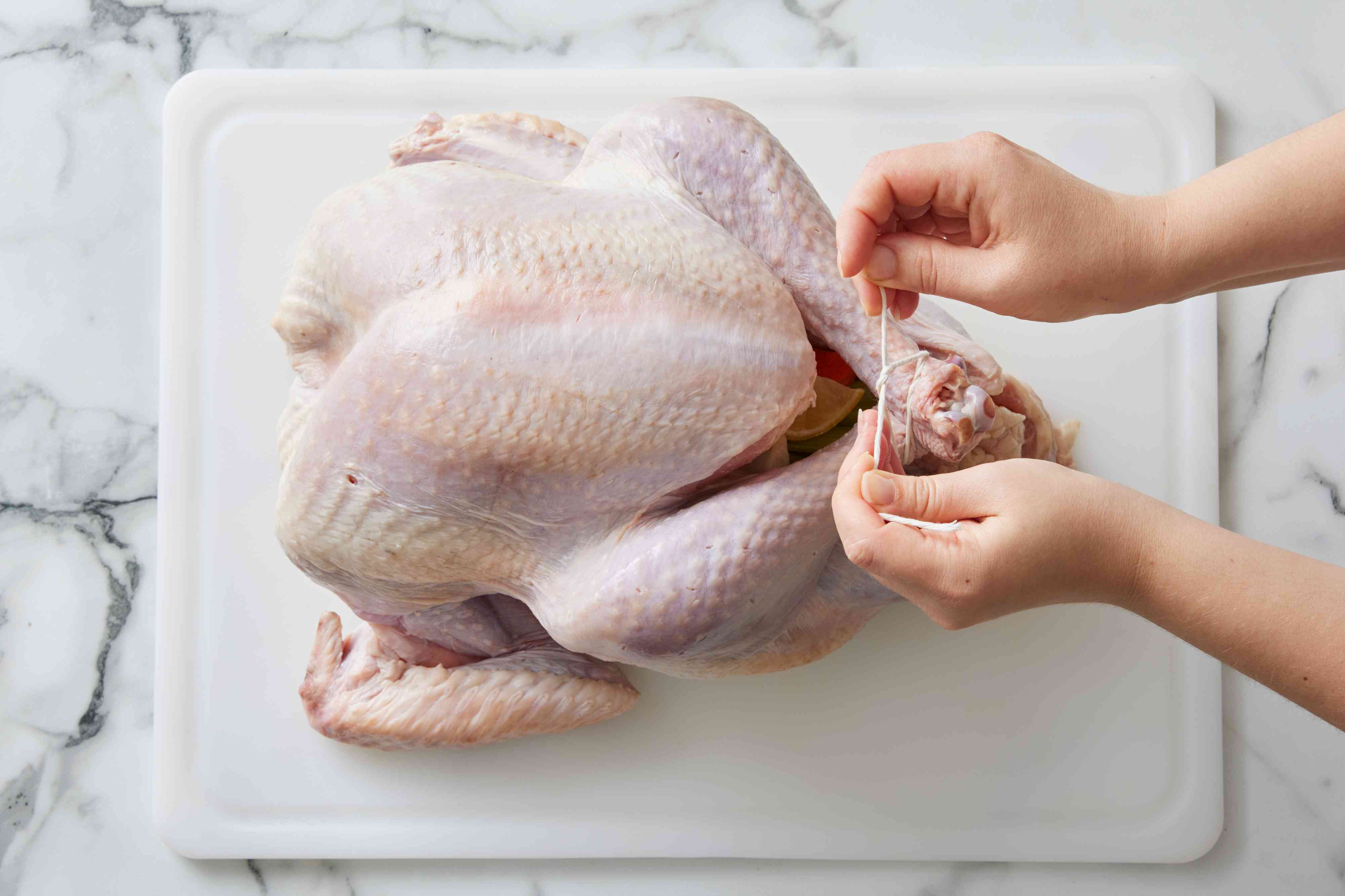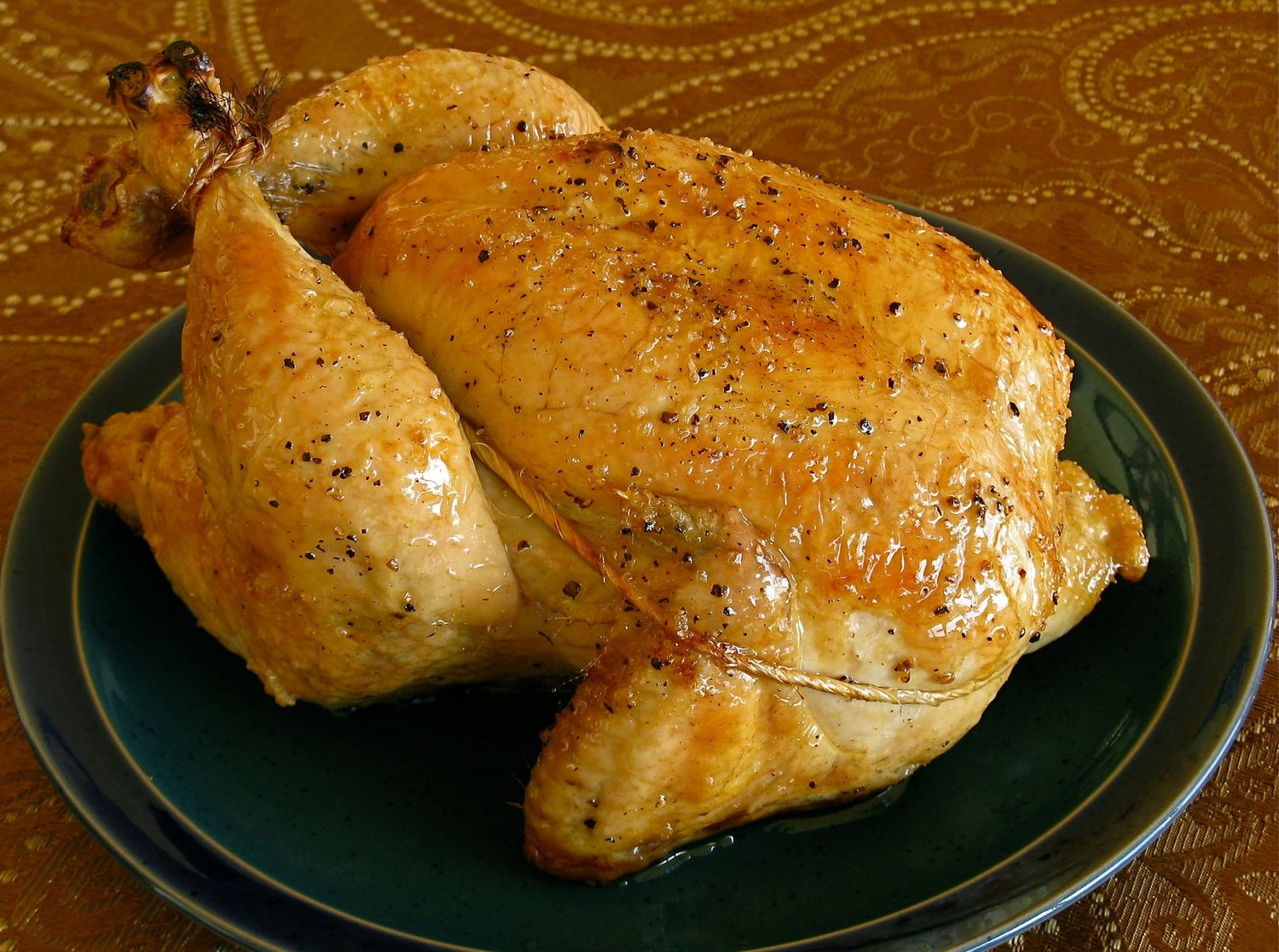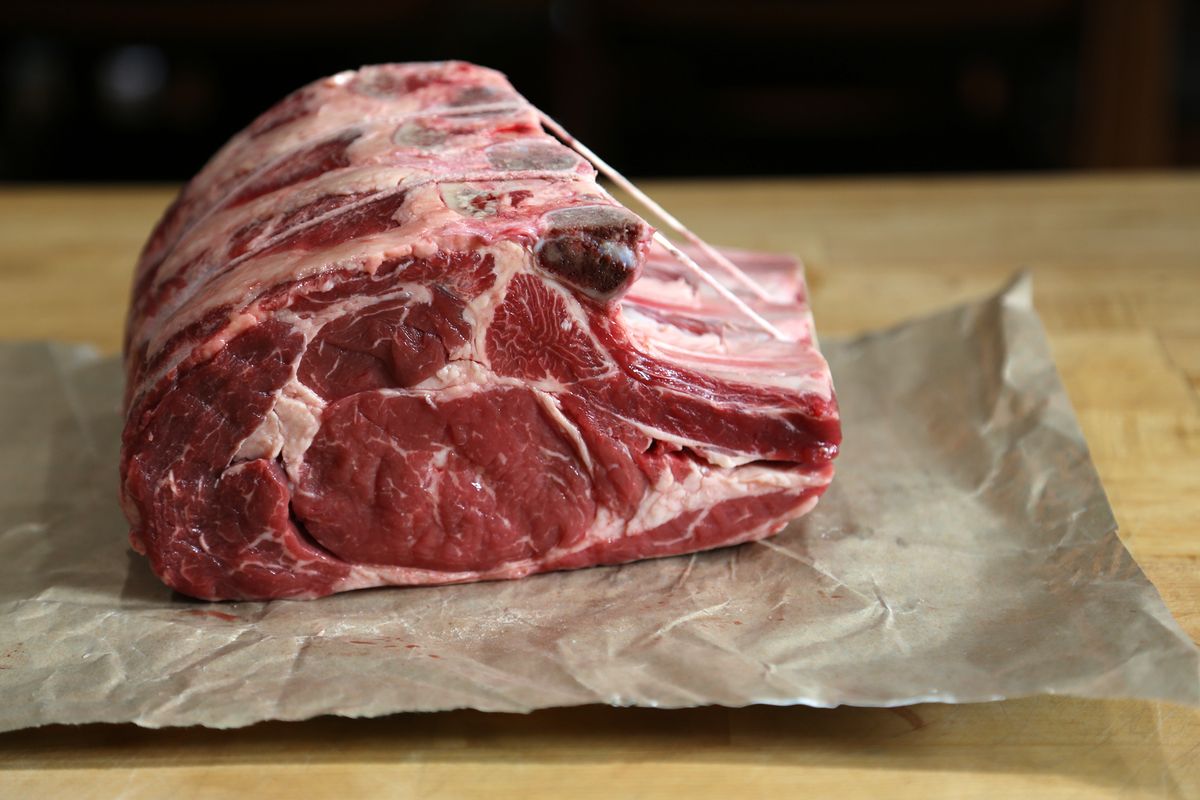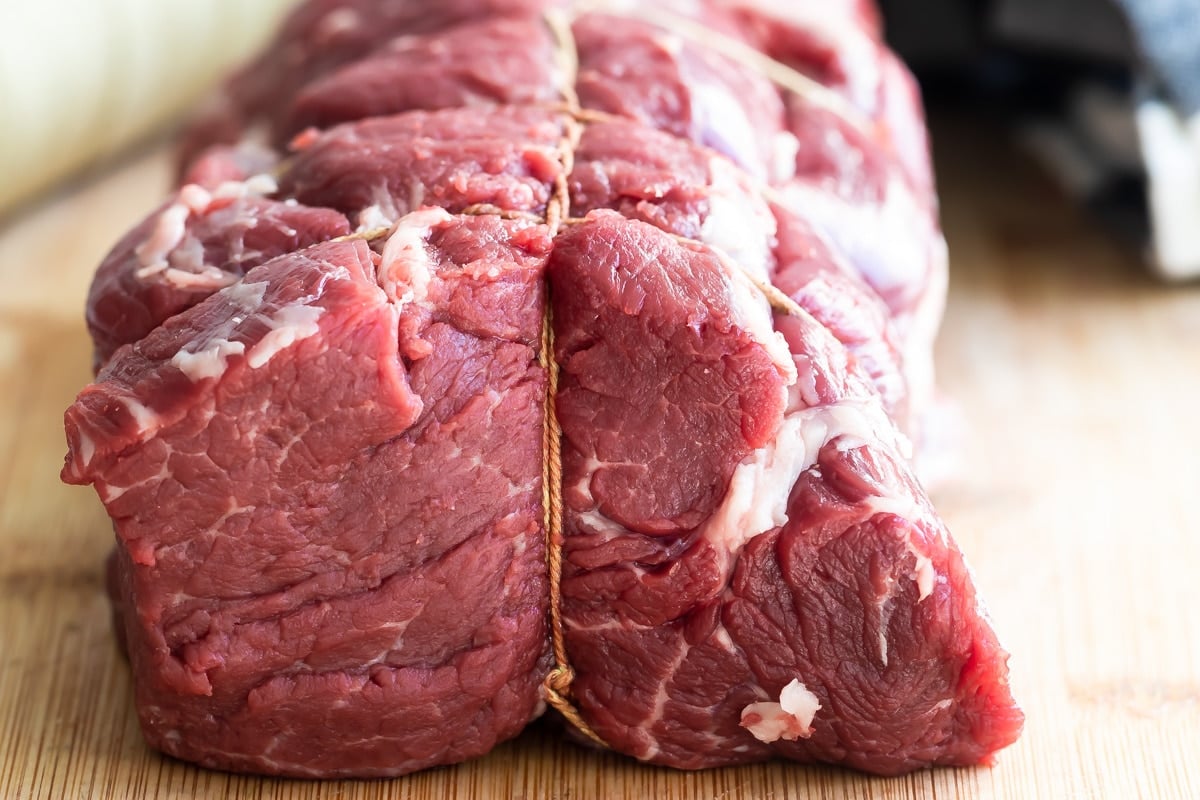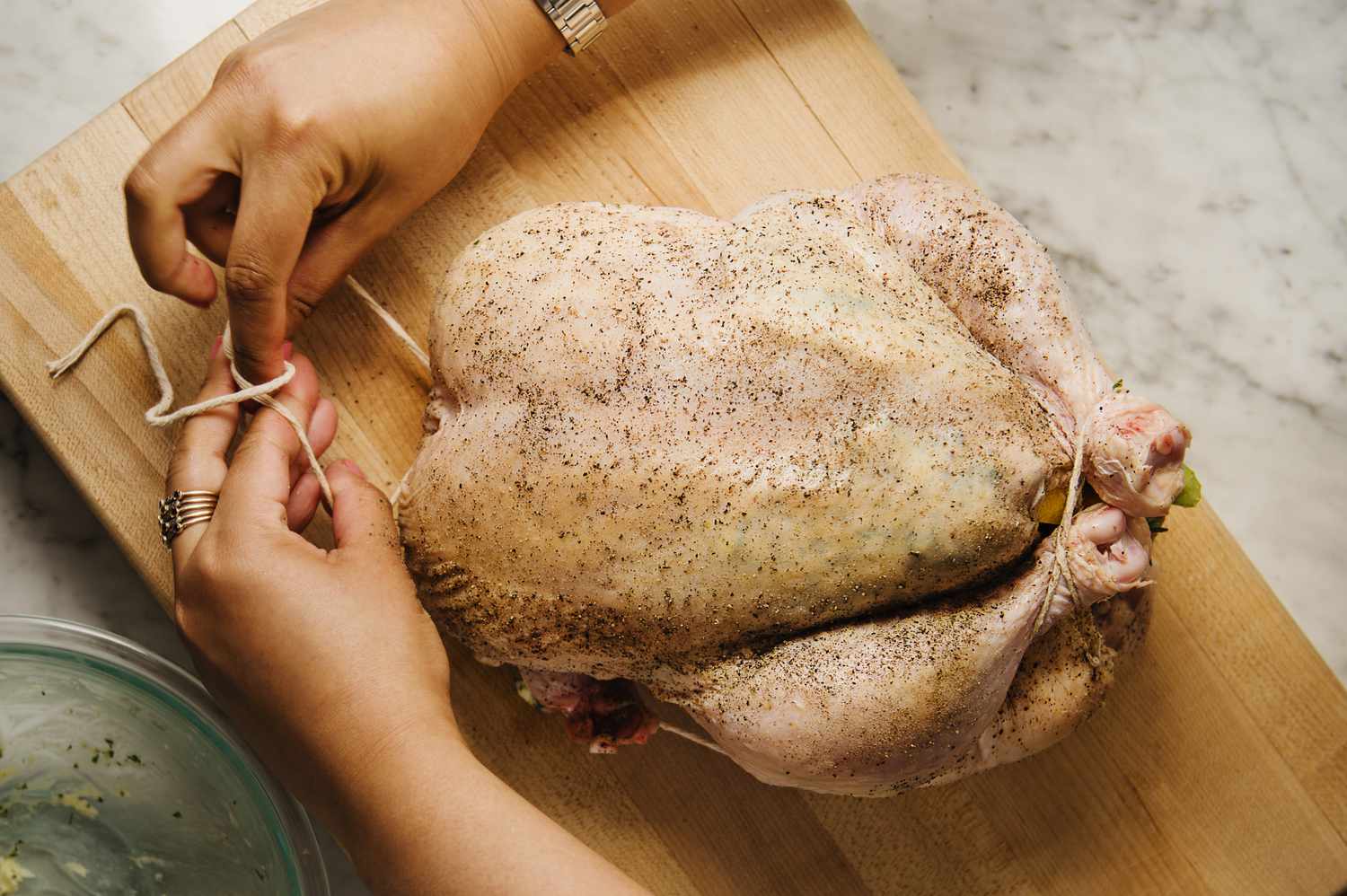Trussing a Leg of Lamb: A Step-by-Step Guide
Trussing a leg of lamb is an essential skill for any home cook. Not only does it help the meat cook more evenly, but it also gives the roast a beautiful, uniform shape. Whether you’re preparing a special holiday meal or simply looking to impress your dinner guests, mastering the art of trussing will take your culinary skills to the next level.
Why Trussing is Important
Before we dive into the trussing process, let’s take a moment to understand why it’s so important. Trussing involves tying the lamb roast with kitchen twine to ensure that it maintains its shape during the cooking process. This not only helps the meat cook evenly, but it also prevents it from drying out. Additionally, trussing gives the roast a more appealing appearance, making it a centerpiece-worthy dish for any occasion.
Step-by-Step Trussing Guide
Now that we understand the importance of trussing, let’s walk through the step-by-step process of trussing a leg of lamb:
- Prepare the Lamb: Start by patting the leg of lamb dry with paper towels. Trim any excess fat, and if the butcher hasn’t already done so, use a sharp knife to remove the hip bone.
- Season the Meat: Before trussing, season the lamb with your choice of herbs, spices, and aromatics. This could include garlic, rosemary, thyme, salt, and pepper. Rub the seasonings all over the surface of the meat for maximum flavor.
- Shape the Roast: Position the leg of lamb so that the meaty side is facing up. Tuck the thin end of the leg under the thicker portion to create a more uniform shape for even cooking.
- Start Trussing: Cut a length of kitchen twine, long enough to wrap around the lamb several times. Slide the twine under the roast, positioning it about 1 inch from the end of the leg.
- Tie the Knot: Cross the ends of the twine over the top of the roast and pull them tight. Tie a secure knot to hold the leg in place.
- Continue Trussing: Working towards the other end of the leg, loop the twine around the roast at regular intervals, pulling it tight each time to secure the shape of the lamb.
- Secure the Twine: Once you reach the end of the leg, tie another secure knot to hold the twine in place. Trim any excess twine with scissors.
Final Tips
After trussing the leg of lamb, it’s ready to be roasted to perfection. Remember to place the roast on a rack in a roasting pan to allow for even air circulation. Cook the lamb according to your favorite recipe, and be sure to let it rest for a few minutes before carving to allow the juices to redistribute.
With this step-by-step guide, you’re well on your way to mastering the art of trussing a leg of lamb. Whether you’re cooking for a special occasion or simply enjoying a delicious meal at home, trussing will elevate your culinary skills and impress your guests with a beautifully presented roast.
Happy cooking!

